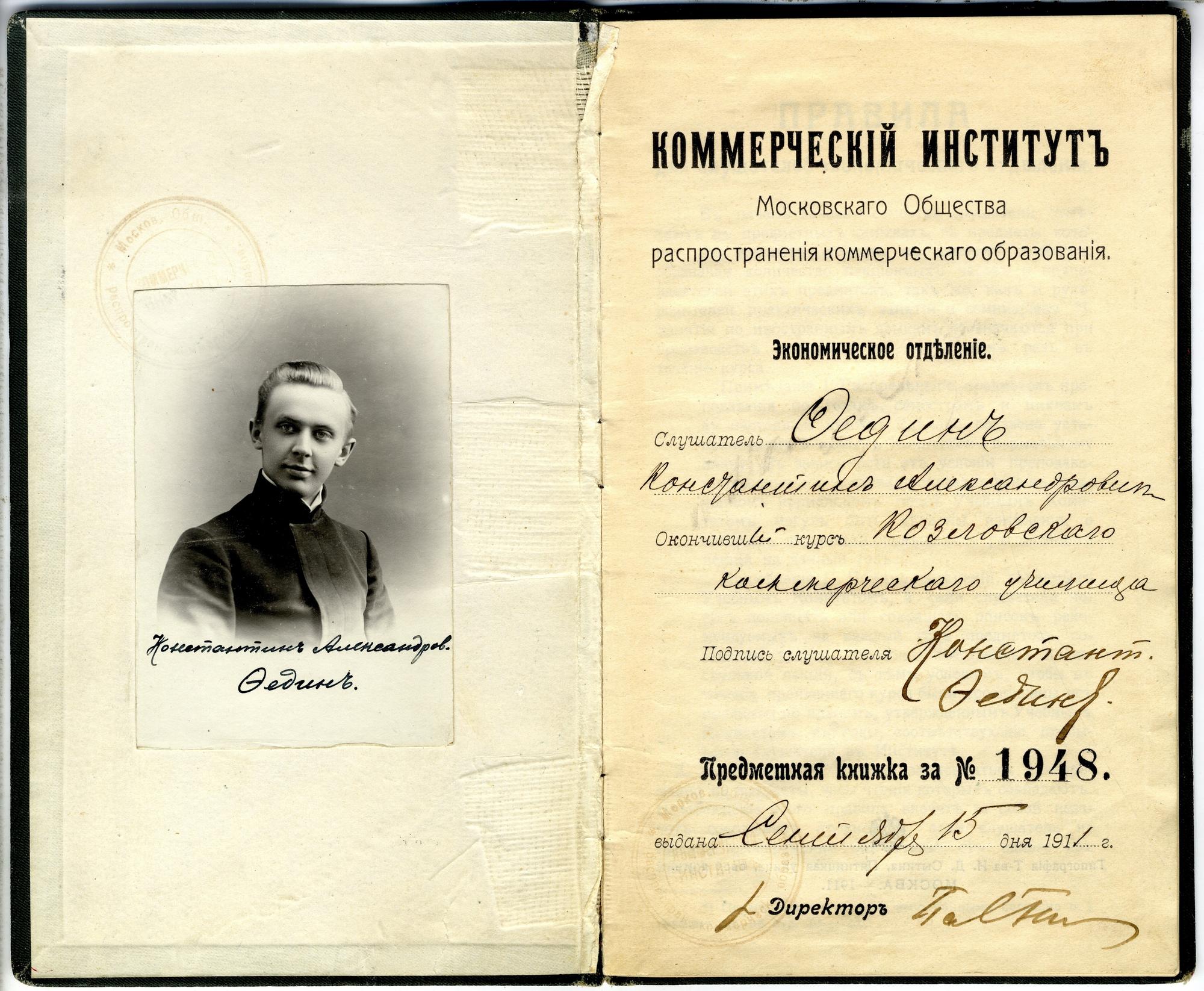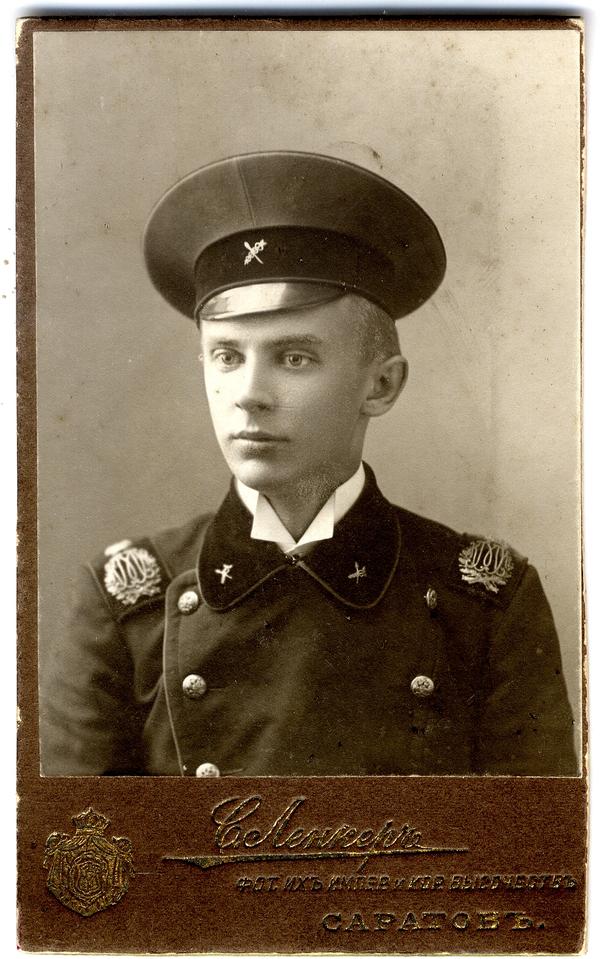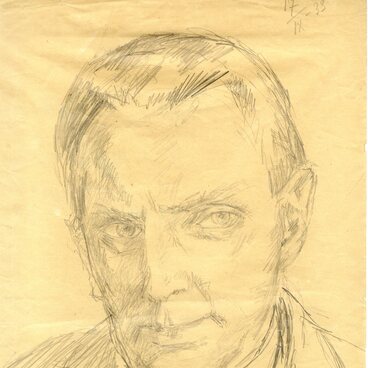In 1911, after graduating from the Kozlovsk Commercial School, Konstantin Fedin matriculated at the economic department of the Moscow Commercial Institute. The institute had been founded on private funds from famous merchant families in 1907.
1 / 2
Subject Book
Creation period
Issued 15 September 1911
Dimensions
19,1x11,8 cm
19,1x11,8 cm
19,1x11,8 cm
Technique
paper, calico, photo paper, glue, print, stamp, manuscript, ink (black, purple, red, blue), photo printing, adhesion
Collection
0
Open in app#1
Sytin Society Printing House
Subject Book
#2
#5
Investing in the creation of the institute were: ‘Chocolate King’ Alexey Abrikosov, the Konovalov industrialists, the Ryabushinsky entrepreneurs, the Sorokoumovsky ‘fur king’ family, and many others. The Moscow Commercial Institute was considered a very democratic university. He was the first to allow the co-education of boys and girls. The charter did not provide for any restrictions on admission on the basis of class, nationality, or religion. Teachers were selected from the faculty of the best universities in the country.
K.A. Fedin in the uniform of a Moscow Commercial Institute student
#3
The subject book for this institution of higher education (the precedent of the modern academic record book) was issued in the name of Konstantin Alexandrovich Fedin. It is a small booklet (56 pages) with a calico binding printed in the Sytin Society Printing House.
The first three pages of the subject book contain ‘Rules for students of the economic department.’ According to these rules, students themselves could choose the subjects they wanted to study that semester.
#6
The Academic Committee designed a ‘normal plan’ for the entire four-year course of study at the university. Students could optionally increase or decrease the recommended list of subjects each semester. It was important that the time of the lectures chosen did not coincide, and the course of lectures calculated for the year was not reduced by the student. For the first two years of study, the student had to write an essay on one of the subjects indicated in the ‘normal plan.’ During the first three years of study, it was necessary to pass an exam for knowledge of one foreign language: French, German, or English, also the student’s choice.
The pages for the first and second year of study of the main cycle and the third year have been filled in for the subject book on display at the exhibition. At this time, Fedin chose to study the subjects of the administrative and financial cycle, with possible: commercial/financial, pedagogical and industrial cycles. By the end of the third year of study, Fedin needed to take the German language exam but was not ready for it. Therefore, in the summer of 1914, Konstantin’s father gave him the necessary funds for a trip to Germany in order to establish contacts with suppliers of goods and give him the opportunity to practice German. Fedin returned to his homeland only in September 1918. He was immediately re-instated at the Commercial Institute. Fedin turned to the knowledge obtained within the walls of the Moscow Commercial Institute in his writing, if not directly, then indirectly through their heroes.
The pages for the first and second year of study of the main cycle and the third year have been filled in for the subject book on display at the exhibition. At this time, Fedin chose to study the subjects of the administrative and financial cycle, with possible: commercial/financial, pedagogical and industrial cycles. By the end of the third year of study, Fedin needed to take the German language exam but was not ready for it. Therefore, in the summer of 1914, Konstantin’s father gave him the necessary funds for a trip to Germany in order to establish contacts with suppliers of goods and give him the opportunity to practice German. Fedin returned to his homeland only in September 1918. He was immediately re-instated at the Commercial Institute. Fedin turned to the knowledge obtained within the walls of the Moscow Commercial Institute in his writing, if not directly, then indirectly through their heroes.
#7
The State Fedin Museum
read morehide
00:00
00:00
1x
Subject Book
Creation period
Issued 15 September 1911
Dimensions
19,1x11,8 cm
19,1x11,8 cm
19,1x11,8 cm
Technique
paper, calico, photo paper, glue, print, stamp, manuscript, ink (black, purple, red, blue), photo printing, adhesion
Collection
0
Open in app
Share






